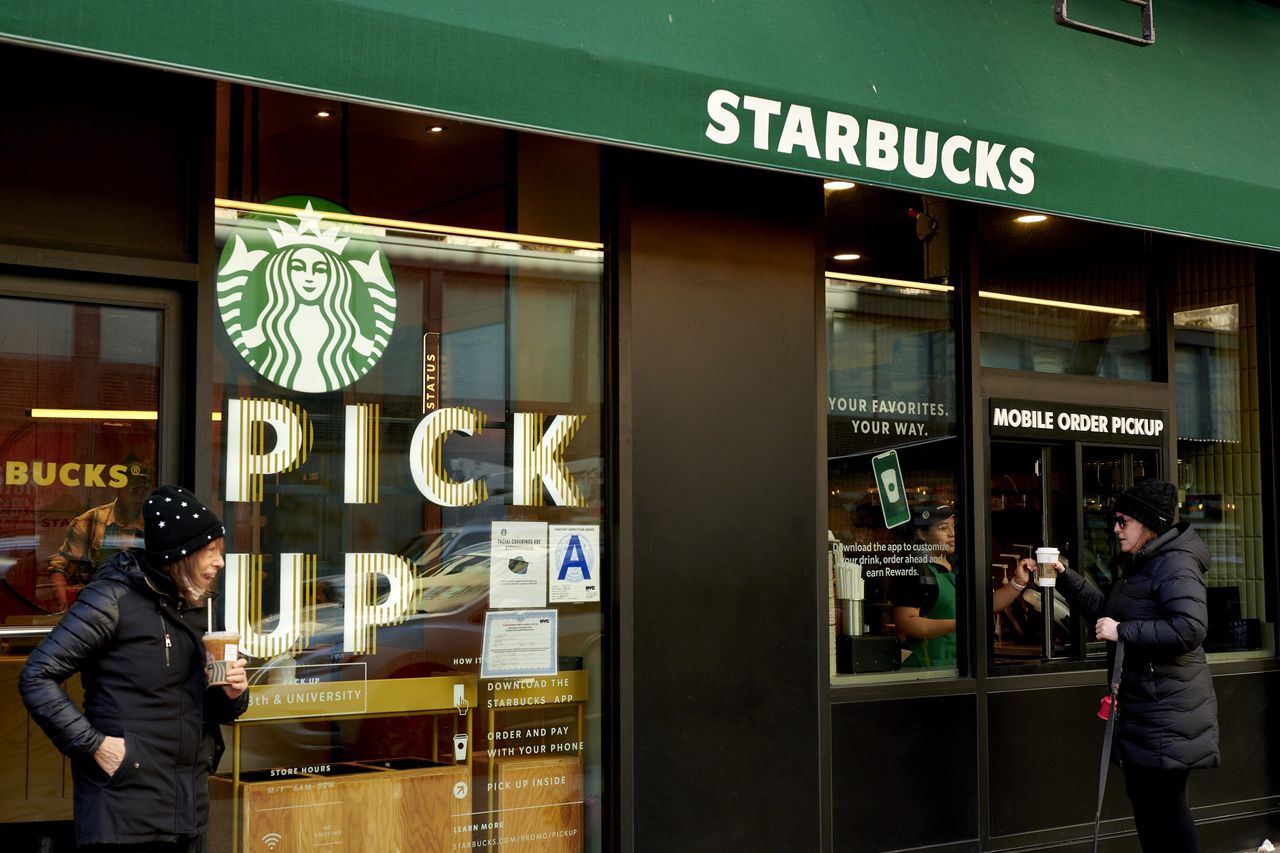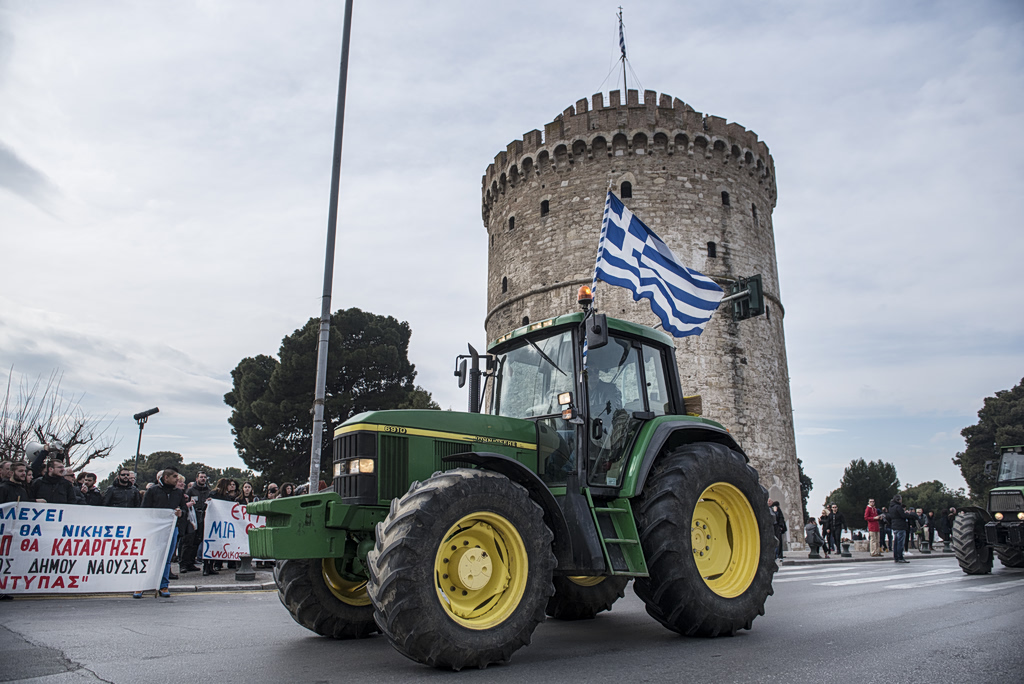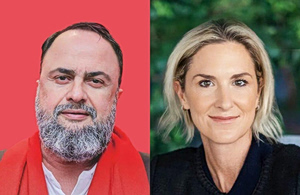There are at least 170,000 different ways to customize a Starbucks drink. The world’s biggest coffee chain may have almost as many challenges.
The coffee? Often feels expensive. Cafes get jammed during the morning rush. The app may tell you it’s a seven-minute wait for your order, which stretches into 15 or 20. There are plenty of other coffee options—especially in China, which Starbucks has targeted as a key growth market. And the brand often manages to become a culture-war punching bag.
Incoming Chief Executive Brian Niccol was hired this week to help fix all this, and tamp down a Wall Street rebellion as the company’s stock sagged and activist investors swooped in. He brings restaurant chops that his predecessor, Laxman Narasimhan , didn’t have, and industry adoration for his success turning around Chipotle Mexican Grill .
Plenty of Starbucks’s challenges are unique. But others are beyond Niccol’s control. Rising prices from the grocery store to the gas pump have customers pulling back from restaurants and other discretionary spending—is that White Chocolate Macadamia Cream Cold Brew a want or a need? Chains are pitching deals to keep consumers coming, though many say their patience is waning for spotty service and ever-present tip prompts.
That cinnamon dolce latte’s $7.10?
Even before retirement gave him more time to linger in cafes, Starbucks was Dan Palmer’s go-to. Breakfast there seemed healthier than fast food, he said, and he could sample a wider range of beverages, like the mango dragonfruit refresher that became his drink of choice.
Except that each cup now costs him more than $6. “The prices have gone up—a lot,” said Palmer, 66, who lives in the Chicago suburbs. “It’s not a deal in any sense of the word.”
Starbucks reported a 6% drop in U.S. orders in the quarter ended June 30, and price is part of the problem. Restaurants boosted them as wages, ingredients and other costs became more expensive, and now they’re paying for it. Nearly 40% of consumers said they are spending less on eating out, according to a recent survey by research firm Revenue Management Solutions.
Starbucks is responding with a flurry of promotions , pitching buy-one-get-one deals and other offers, often via its app. The deals aim to help improve consumers’ perception of Starbucks’s value, executives have said, but the company’s also striving to maintain profits. It recently halted a deal started in June for food and a drink for between $5 and $7.
Brad Pearl, of Spokane, Wash., said he’s frequented Starbucks for more than two decades. Equipped with the chain’s card and app, he’d visit four to five times a week. Two years ago he noticed prices creeping up, exacerbated by prompts for tips that he said began to grate. “You haven’t even been served,” Pearl said of getting asked to tip at the register.
Recently, Pearl said, he’s given up Starbucks, saving him up to $150 a month. He instead heads to Thomas Hammer Coffee Roasters, a local coffee chain. An iced caffè latte costs 25 cents less there compared with Starbucks’ price in the area .
Pearl decided Starbucks no longer fit with his budget: “It’s really a luxury.”
An app-made ‘mosh pit’
A big part of longtime leader Howard Schultz ’s vision for Starbucks was ambience—making its cafes a “third place” between home and work, where you could sink into a couch with an espresso, a book, a laptop.
A remote-everything world has changed all that. Most U.S. customers now order their drinks to-go, or via drive-throughs, never lingering inside the chain’s carefully curated stores.
In some ways it is a good problem for Starbucks to have. Cafes that once averaged 1,200 orders a day are often now trying to make 1,500. To facilitate that, the company has removed seating in some cafes to make for more space for to-go queues, and plans to create more stores designed specifically for drive-throughs or to-go pickup.
Those investments are capital-intensive and take time. Frustrations are right now for customers like Steve Weeks, a 68-year-old retiree who for years has frequented Southern California Starbucks several times a week for black ice tea in the mornings.
Weeks said the homey feel of Starbucks’s stores, offering newspapers and CDs, encouraged customers to stick around. Recently, he said, the cafes have removed furniture, and “you don’t get the same feeling they want you to stay in there as long.”
The changes make sense to Whitni Mungin, 44, who recently stopped by a downtown Chicago location for a nondairy vanilla, sweet cream cold brew en route to her project-manager job. To her, the changes mean she doesn’t need to stand in line anymore.
“A lot of people drink Starbucks not because it’s delicious,” Mungin said, “but because it’s convenient.”
Starbucks was early to the app ordering game, and greatly expanded sales by allowing customers to tap out their drink orders on their phones to pick up later. The company this year said more than 30% U.S. orders are made through the app, a record, generating strong sales and mobs of people hunting for their drinks on store counters each morning.
The experience has irked former CEO Schultz himself, who recently recounted the anxiety, confusion and degradation to the store environment that he said app ordering is causing in many locations.
“Everyone shows up, and all of a sudden we’ve got a mosh pit, and that’s not Starbucks,” Schultz said on the “Acquired” podcast in June . He said that while app ordering is more efficient, the company should have done a better job anticipating the technological refinements needed to happen to preserve the cafe environment.
Starbucks has said it is making progress on improving the accuracy of estimated delivery times for app orders. Stores purpose-built for servicing online orders—pickup counters, with no seats and no restrooms—should also help.
I’ll have a venti cold brew with three pumps of caramel syrup, vanilla sweet cold foam, blended, with whipped cream
Starbucks began as a vehicle to bring Italian-style espresso to Americans, with a simple, focused menu. Frappuccinos arrived in 1995, and cold brew and draft nitro coffee in the 2010s.
These days, Starbucks’s app enables tens of thousands of customizations, and TikTok posts of people flaunting pink drinks or unicorn-style brews supercharged the trend. Think blended pineapple refresher with strawberry purée, or double chocolate cream cold brew.
That has helped make syrups, foams and other add-ons a billion-dollar business for Starbucks, and made the brand a Gen Z favorite. But it’s also overwhelmed baristas who are expected to deliver drinks as promptly as possible, sometimes scrambling cafe operations. Starbucks executives have pledged to roll out new equipment tailored to making cold drinks, which today account for roughly 70% of U.S. orders.
The company is updating its store routines and procedures, aiming to better triage drink orders, including the most complex concoctions. Eventually, Starbucks executives hope that new store designs with dedicated cold-bar stations will help alleviate customization chaos.
Meanwhile, customers like Drew Winig try to endure. On his way to a boat ride, the Philadelphia resident stopped by Starbucks’s Chicago Roastery, which offers a Whiskey Barrel-Aged Cold Brew and a Oleato Caffè Latte With Oatmilk, among other drinks.
Winig, 28, said he sticks to black coffee, though the simplicity doesn’t always translate to faster service. “Sometimes,” he said, “you get caught behind the crazy drinks in line.”
Who are you, Starbucks?
Starbucks has for decades presented itself as more than a coffee company. That’s helped build its brand, in addition to drawing fire.
From early on, Schultz set up Starbucks to offer hourly workers benefits beyond what other retailers provided, like healthcare coverage , covering the cost of online degrees , and even free therapy sessions . He also saw a role for Starbucks in broader cultural moments, like when the company for a period urged baristas to engage customers on the topic of race following the police shooting of Michael Brown in Ferguson, Mo.
Starbucks’s cultural profile has made it a periodic target across the political spectrum. The chain’s annual red cup promotion day for the holidays has been targeted by conservatives and politicians, including former President Donald Trump , for not explicitly referencing Christmas. More recently, Starbucks has drawn criticism from worker advocates, accusing the chain of quashing unionization efforts at its cafes.
Starbucks has said that the cups aim to honor all holiday traditions , and it is making steady progress in bargaining with organized cafes. The company has denied obstructing or retaliating against unionizing workers.
In the past year Starbucks has taken heat over the Israel-Hamas war, with people on both sides of the conflict faulting the chain for perceived missteps. Critics have called for boycotts, and vandalized Starbucks stores. The company has pushed back , saying that it condemns terrorism and violence, and that its brand has been misrepresented.
The China challenge
For years, getting a latte in China meant going to Starbucks. The chain is credited with introducing Chinese consumers to coffee and cafe culture after it entered the country in 1999, but two decades later things have changed.
New and nimble Chinese chains like Luckin and Cotti have rapidly chipped at Starbucks’s market share in the world’s second-most-populous nation. Going from zero to tens of thousands of locations in just a few years, the new rivals are pushing low pricing and fast delivery, hooking consumers with flavors such as coconut lattes.
Starbucks’s China business has slumped, with same-store sales down 14% in the company’s most recent quarter . Luckin reported $1.17 billion in sales for the quarter ending June 30, ahead of the $734 million Starbucks generated for its China business in the same period, according to company filings. Luckin has also said competition is growing in the country, squeezing its margins.
The China struggles are both a business and symbolic blow to Starbucks. Schultz personally built relationships to pave the chain’s 1999 debut in the country, later saying he expected China to become Starbucks’s biggest market .
Zhu Chenliang recently sat outside Starbucks enjoying a cold beverage on a warm summer day. The 39-year-old Shanghai resident said lots of Chinese have turned to other coffee chains because their prices are more affordable as the country’s economy slows.
“Ten years ago, there was only Starbucks,” he said. “Now, there are coffee places popping up everywhere. The market competition is intense.”
To compete, Starbucks has lowered prices and sold coupons for discounts. It invested in delivery options for customers and tried to introduce more seasonal drinks.
Some analysts and investors—including activist firm Elliott Investment Management, which has taken a stake in Starbucks—— have urged the company to consider using local partners to run the day-to-day operations in China. Last month, Narasimhan said Starbucks was starting to explore strategic partnerships in China.
Write to Heather Haddon at heather.haddon@wsj.com , Victor Stefanescu at Victor.Stefanescu@wsj.com and Liza Lin at liza.lin@wsj.com



